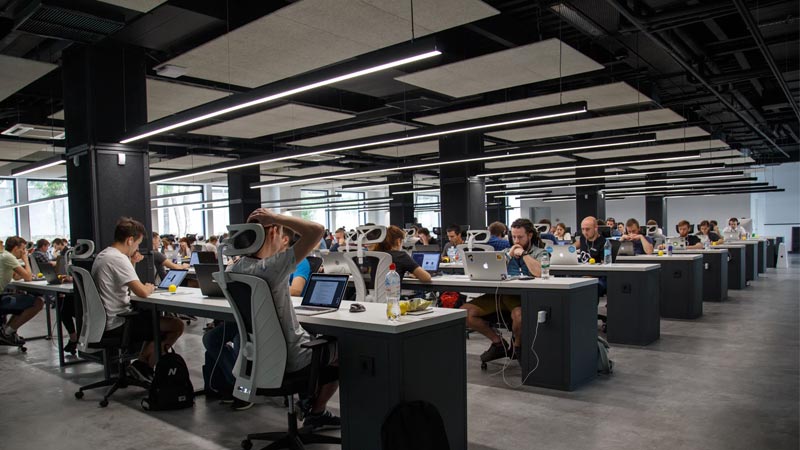Have you heard of hot-desking? It’s been around for a couple of years, but it’s starting to gain more popularity. If you aren’t familiar, hot-desking refers to an office space where workers are not assigned a desk.
The driving force behind the hot-desking craze comes down to dollars and cents. Considering that office space is one of the biggest costs for organizations, hot-desking allows employers to save on space and furniture costs. Some studies have shown this tactic to reduce the costs of running an office by 30%.
Sounds good, right?
From an employer’s perspective, it’s great, but not so great for employees. Research (in some studies) is pointing to almost 70% of employees being dissatisfied due to a lack of personal space. In addition to the lack of personal space, employees have also complained about noise levels and general distractions. For example, you may find yourself in the midst of a brainstorm session, but have phone calls to make.
Do lower costs equal lower productivity?
In a traditional work environment, there’s a good chance you wouldn’t be interacting with colleagues outside of your team on a regular basis. Hot-desking flips the script on that notion by creating a more open and welcoming space. Data shows that 46% of workers feel that they are more productive when working in a hot-desking environment compared to working at their own desk.
Should you incorporate hot-desking?
Your decision to hot-desk or not ultimately comes down to having a good handle on your work environment. Pete Bacevice, director of research at HLW, a global architecture, and design firm says, “desk sharing is most effectively implemented when organizations undertake a rigorous research process to understand the diversity of work style types and assign people to a pool of shared seats based on the nature of their jobs.”
While you can certainly save money by implementing hot-desking, it’s important to weigh the pros and cons before making the leap.


